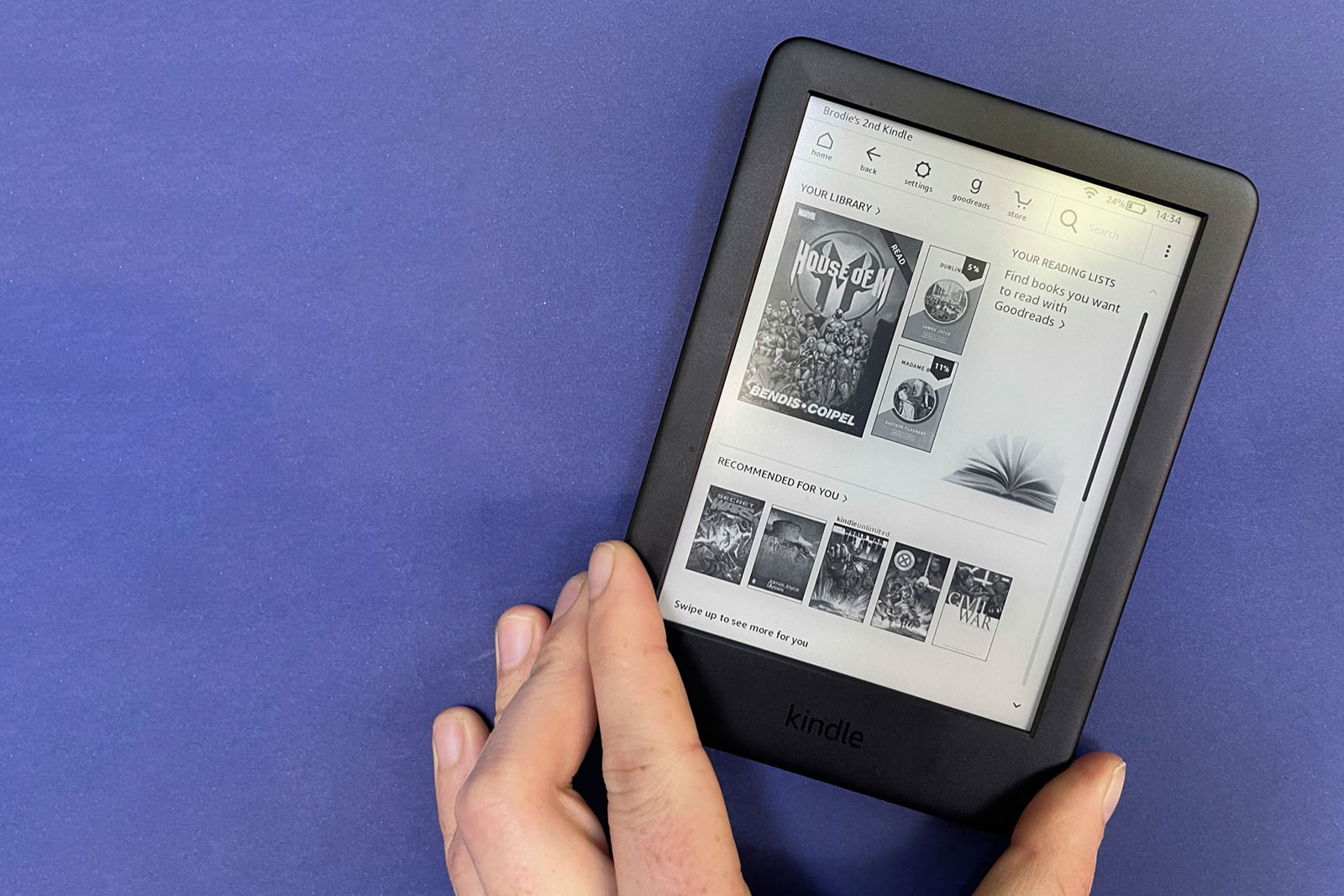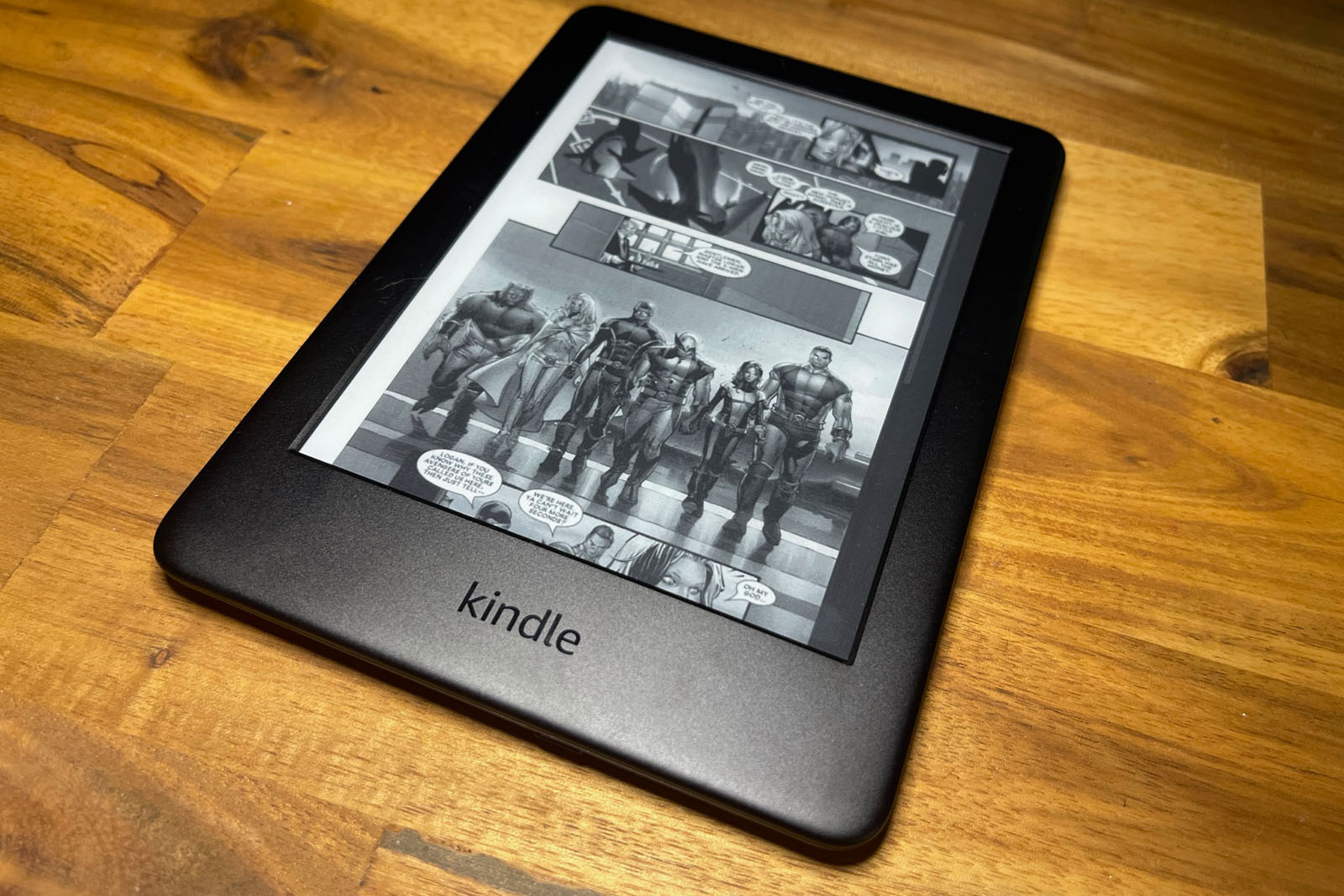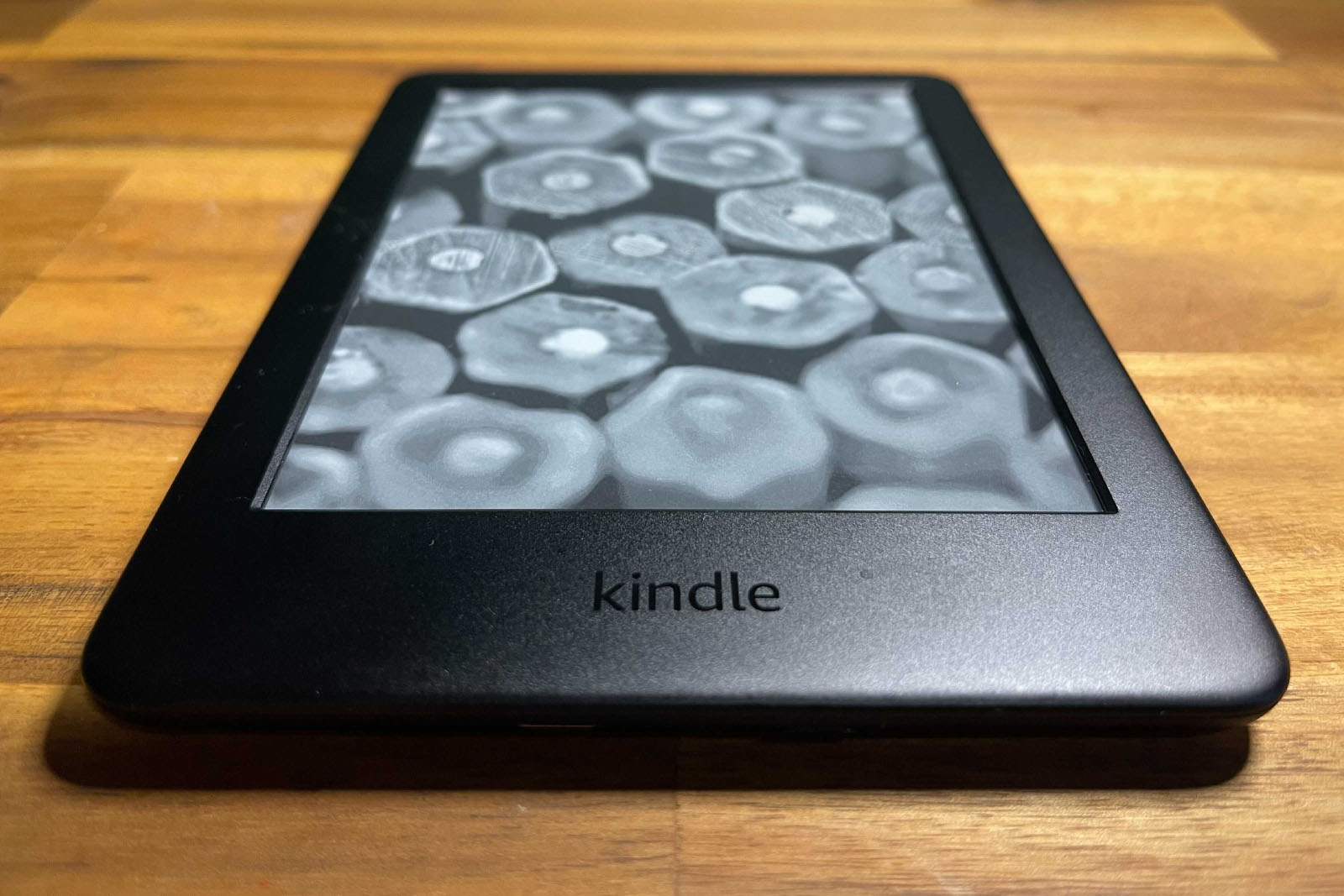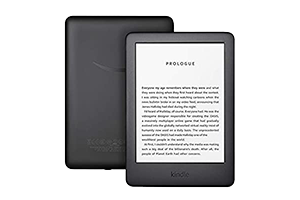Amazon sheds new light on the basic ereader.
Amazon Kindle review (10th gen)
If you’re looking to buy an ereader in Australia, your options are refreshingly slim. The first and most important decision you’ve got to make is whether you want to go with Amazon’s tried and true Kindle range or Kobo’s more open ereader ecosystem (typically, we lean towards Kobo). After that, it’s a simple matter of balancing specs and price.
If you’ve landed on this review of 2019’s 10th generation Kindle, it’s because the cost is your primary consideration and you’ll be happy to know there are fewer compromises you need to make with Amazon’s budget Kindle option these days. With that said, spending a little extra with the Kindle Paperwhite can still get you a whole lot more and there are still some confounding omissions from the local Australian model.

Quick verdict
10 generations in and the Amazon Kindle is still your best option when shopping for an ereader on a budget. If you're upgrading from an older model, you'll be happy to hear that even the baseline 10th Gen Kindle comes with an in-built backlight. Amazon still doesn't offer support for .epub files and here in Australia, we can't access audiobooks via Kindle like you can in the US and UK but these are small grievances that won't make a difference for most. For me, the biggest deal breaker is the lack of waterproofing in Amazon's base Kindle, something that's reserved for the premium Oasis and Paperwhite models. Otherwise, the addition of a backlight only makes the entry-level Kindle even better.
- Backlit with 4 LEDs
- Adjustable brightness
- Battery life is still going strong
- Great price
- Not waterproof
- No .epub or audiobook compatibility
Amazon Kindle price
Here in Australia, the 10th generation Kindle costs $139 from Amazon. That makes it the cheapest model across the entire range of Kindle and Kobo ereaders. Once upon a time, spending less on the standard Kindle model meant forfeiting the backlight, but that’s no longer the case. The 10th gen Kindle is packed with 4 LEDs which is more than enough to illuminate the page in the dead of the night without putting too much strain on the eyes.
There are a few deals available on the Amazon Kindle from Australian retailers. Here's what was available at the time of writing:
Kindle vs Paperwhite vs Oasis
As you'd expect, saving money with the base Kindle model means you miss out on a few features, such as waterproofing, adjustable warm lights, auto-brightness and physical page turn buttons.
Here’s a side-by-side comparison of the 10th generation Kindle, the Kindle Paperwhite and the Kindle Oasis:
Amazon Kindle features
In general, ereaders are kept feature-light by design. This is mostly to preserve their incredible battery life but in the case of the standard Kindle, it’s also to keep costs low. Still, adding a backlight in the default option is good news for everyone.
I’ve been testing the 2019 Kindle against 2014’s Gen 7 Kindle and I’m beginning to wonder how I managed for so long without it. There are only four LEDs in the Amazon Kindle but it’s more than enough light for night-time reading. I even bumped the brightness down a few notches after a while because I found the default brightness a little harsh for my sleepy peepers.
Upgrading to the Kindle Paperwhite will get you five backlight LEDs while the Kindle Oasis offers a whopping 25 LEDs. I just can’t imagine any scenario where you’d need the backlight to be any brighter. One benefit of electronic-paper displays is their readability in sunlight and as I’ve mentioned, the Kindle’s lowest brightness settings are more than enough so anything more seems redundant.
Still, there are benefits to upgrading if you’re a bedtime bookwork. Most notably, the $399 Kindle Oasis has an adjustable warm light and auto-brightness, which allow the Oasis to best match the brightness to your lighting conditions. This optimises the brightness of the Oasis display, ultimately reducing the strain on your eyes.

Display is big enough for most use cases
The other benefit of spending big with Oasis is the larger 7-inch display, compared to the 6-inch screen of the Kindle 10 and Kindle Paperwhite. Both the Paperwhite and Oasis also cram in more pixels-per-inch, resulting in a more crisp display. There aren't many cases where this will make much of a difference. The display size and resolution are perfectly suited to reading traditional books but I will say I found reading graphic novels on the 10th generation Amazon Kindle to be tough. There’s a large number of comics and graphic novels available via Amazon’s ebook subscription service, Kindle Unlimited, so I took the opportunity to read Marvel’s House of M during this review.
Black and white ereader displays aren’t suited to the colourful world of comics, for one, but the cramped display and low resolution certainly didn’t help.
Larger ereaders like the Oasis also allow for landscape viewing, which is a nice option to have, just not a significant one.
Bad for bath time
Take one look at my bookshelf and you’ll immediately know by the waterlogged pages and bloated bindings that I’m an avid bath reader. It’s the only time and place that I can give my undivided attention to a good book. That’s why the baseline Amazon Kindle probably isn’t the best choice for me, personally. It’s the only device in Kindle’s range that isn’t waterproof or even water-resistant. There are some heavy-duty waterproof cases available on the Kindle 10 but if you’re forking out $40 to $60 for a waterproof case, you might as well spend a fraction more for the $199 Paperwhite. On the other hand, Kobo’s cheapest waterproof ereader is the Libra H2O.
Kindle battery life
The battery life of the Kindle (or any ereader, for that matter) has never been in question. Lasting for yonks is kind of their whole schtick. The 10th generation Kindle is no exception but the addition of a backlight means it won’t last quite as long if you’re used to the barebones Kindle experience of generation’s past.
I’ve been using the Kindle for roughly ten days and the remaining battery life is sitting at 27%. Kindles should typically last for around 25 to 28 hours of reading time, and so far my experience is on-track to match those expectations. If you do experience shorter battery life than normal, you can try switching the WiFi off when it’s not required (e.g. when you’re not shopping for books) and bumping the brightness down during the day but all in all, you shouldn’t notice much of a difference.
The 10th generation Kindle is still charged via an included micro USB cable. That’s fine as there’s no real reason for the Kindle to make the switch to USB-C (besides faster charging) but it’s worth mentioning as more and more devices make the jump, you’re bound to have fewer micro USBs lying around the house.

Kindle controls and navigation
The baseline Kindles are still operated by a touchscreen and a single power/wake button on the bottom of the device. If it ain’t broke, etc. etc. It's a small gripe but I find the button's placement to be inconvenient, even if I am only ever pressing it once or twice per reading session. I also prefer to have the page turn buttons of Amazon’s pricier Kindles. Still, the touchscreen controls are as simple as ever.
The touchscreen of the 10th gen Kindle also feels a lot smoother to operate than the 2014 model I have for comparison. The electronic-paper display doesn’t require a lot of grunt to operate, but the changes Amazon has made with its tenth generation processors do make typing and searching the store a little snappier at the very least.
Audiobooks on Kindle
Just like the Oasis and Paperwhite, the 10th generation Kindle features audiobook playback via connected Bluetooth headphones… if you purchased it in the US or UK. For reasons unknown, there’s no option to connect Bluetooth audio to Kindle devices in Australia. That means you can’t listen to Audible audiobooks, but it also means you can’t use accessibility features like VoiceView screen reader, something that Amazon advertises on its Kindle product page.
Is it worth $139?
Amazon’s standard Kindles are as reliable as ever. If you’re upgrading from an older model, the slimmer profile, included backlight and snappier touchscreen controls are all good reasons to get the latest model. With that said, some core issues with the entry-level Kindle remain. For one, you’re still locked to Amazon’s proprietary ebook formats, whereas Kobo allows you to use the more popular (and library-supported) .epub format.
The 10th generation Amazon Kindle will also be a risky purchase for anyone who likes reading in the bath. Where spending a little extra on the Paperwhite will get you the same waterproofing as the Oasis, the base Kindle model won’t appreciate a steaming hot spa as much as you do.
Related Articles






